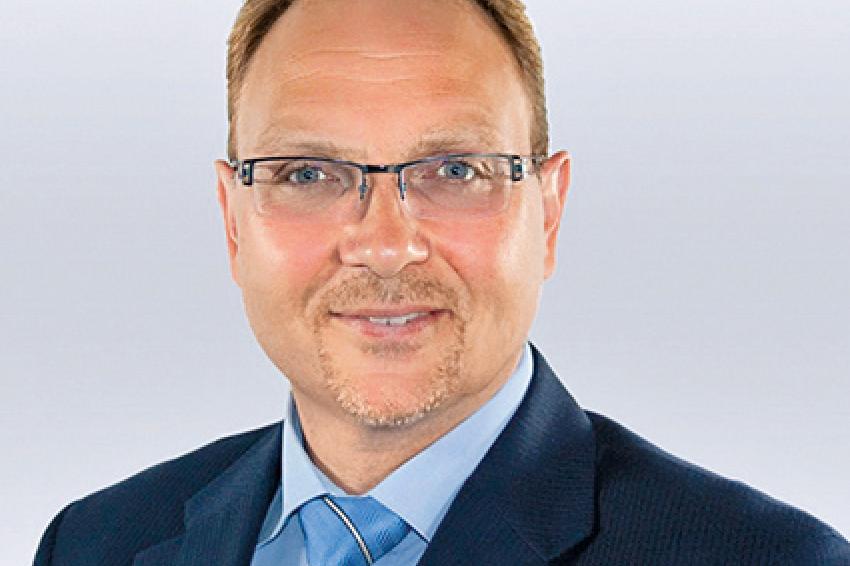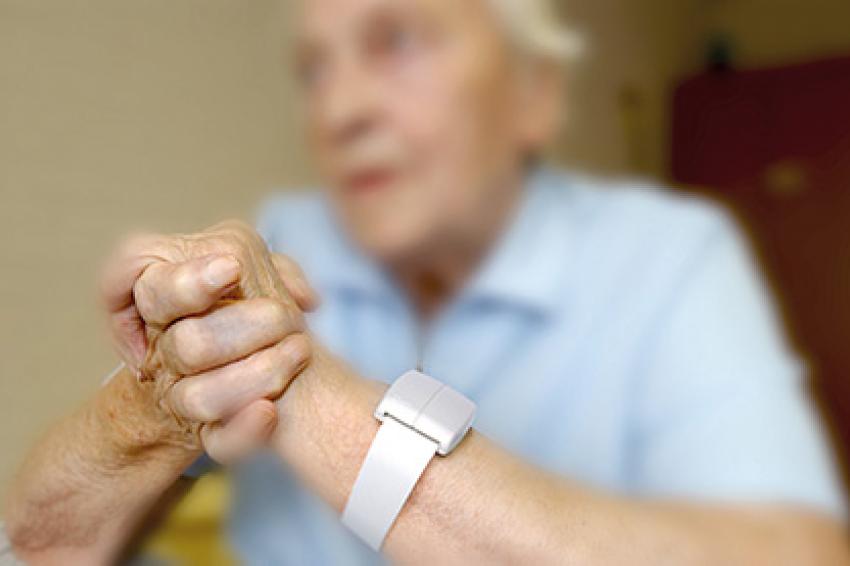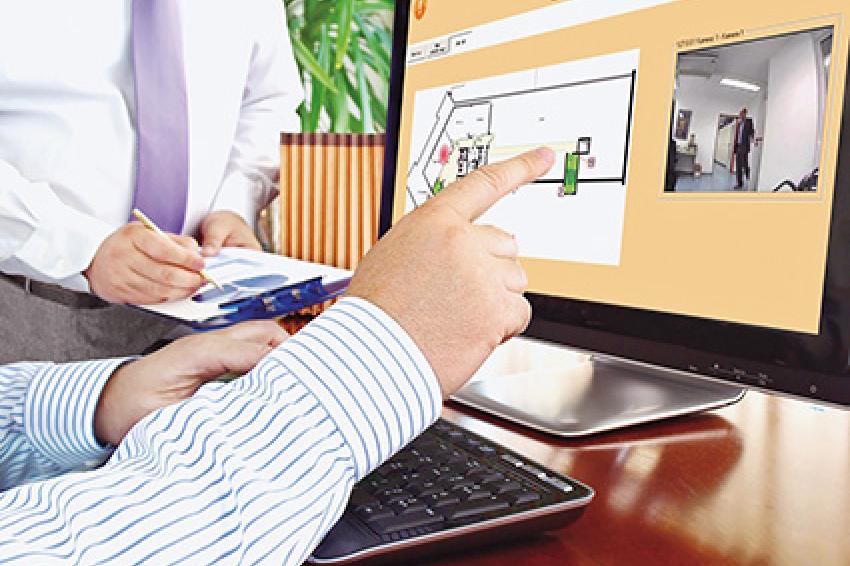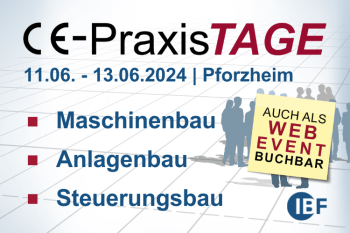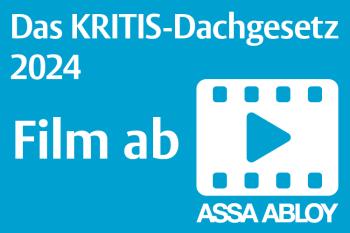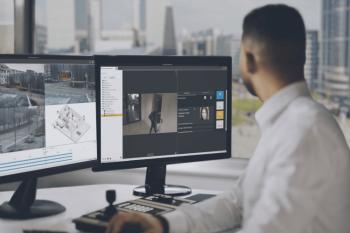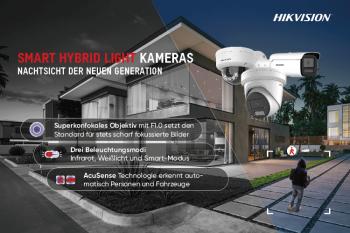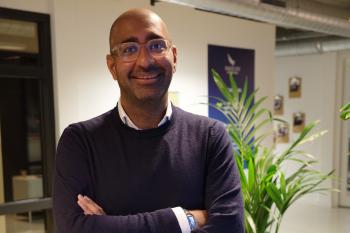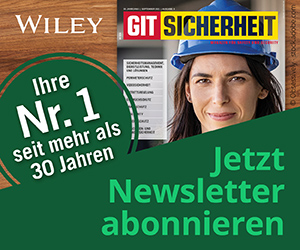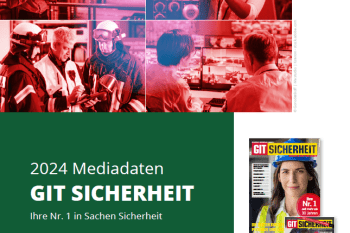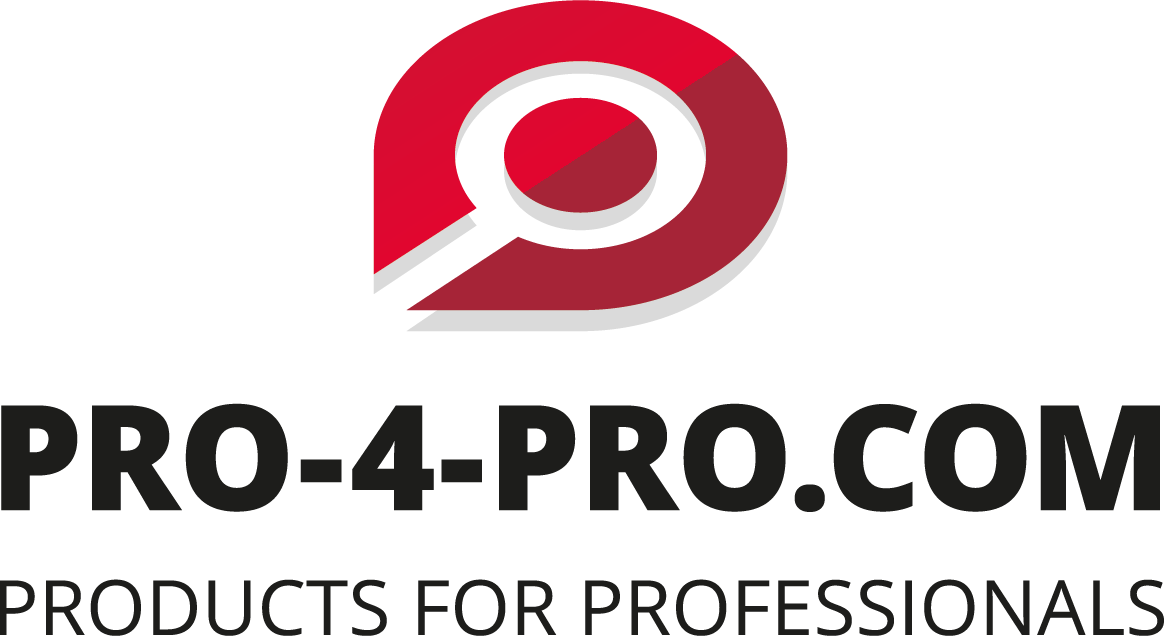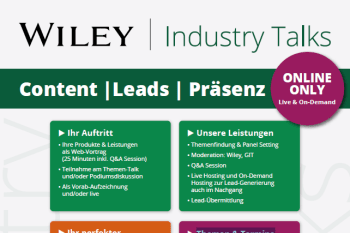RFID Technology for More Mobility and Security of People in Need of Protection
21.11.2013 - The protection of people and property has an important place in the security considerations of today‘s companies and establishments. Whether in healthcare, in public facilities or...
The protection of people and property has an important place in the security considerations of today‘s companies and establishments. Whether in healthcare, in public facilities or administrations, there are groups of people everywhere that must be protected with the help of intelligent technology. Patients and residents want to be able to move freely and safely in care centers and clinics. Additionally, the staff need to be informed as soon as a patient or resident leaves the pre-defined secure area. These requirements are met by the Amantag Patient Transponder. Matthias Erler of GIT-SECURITY.com spoke with Uwe Bartels, Key Account-Manager Europe for Amantag at deister electronic.
GIT-SECURITY.com: Mr. Bartels, the Deister brand ‚Amantag‘ is an RFID solutions primarily conceived for the healthcare industry. Most of the GIT readers will probably know what a „tag" is, but what does the prefix „aman" mean?
Uwe Bartels: „Amantag" stands for Asset Managing Tagging. The technology has been further developed by deister electronic against a background of rising security requirements in the healthcare sector for the protection of people in need of help.
Let‘s first take a closer look at a practical application from the healthcare sector: the problem of demented patients wandering off is really an everyday event and a serious problem in old people‘s homes, isn‘t it?
Uwe Bartels: Yes. Disorientation is a widespread problem that is becoming increasingly common, above all for people with dementia. This has to do with the demographic development of our society. At the same time, we see that healthcare facilities today frequently have to carry out some of the care tasks that were previously performed by the family. People in healthcare facilities should not be restricted in their movements, as far as that is possible, and this is why the character of an open house is increasingly preferred. The concept of the open house, however, brings with it the danger of someone leaving unnoticed. It is not a rare occurrence that a demented resident suddenly thinks he has to go to work and then leaves the premises without anyone noticing. The legal regulations state that the healthcare facility carries the responsibility for the custody of its residents.
How does Amantag help to solve this problem?
Uwe Bartels: The solution provides us with the opportunity to install a protection system with whose help the staff will be informed if, for example, a demented resident leaves their pre-defined secure area.
How does that work from a technical standpoint, and what are the specialties of the deister systems compared to the competition?
Uwe Bartels: The first piece of hardware we need is a locater. This is installed near the door and forms a detection field; you can imagine it to be like an invisible curtain. If a resident who is wearing a transponder on their wrist passes through this field, the transponder will be activated in that moment and sends a signal to a receiver.
That presupposes that the lady or gentleman in question is actually wearing the transponder ...
Uwe Bartels: That‘s true. The wrist transponder has proven to be best in practice. It has been well accepted everywhere because most people have worn a watch or a bracelet in the past, unlike an ankle bracelet which is unusual and often considered uncomfortable. Fitting a transponder into a shoe is also impractical because you have to be sure that all the shoes are equipped and also that the people in care also wear them.
And thanks to RFID technology, the transponder reacts when it comes near to the locater?
Uwe Bartels: Yes. The transponder is normally passive. However, when it comes near to the locater, or the ‚virtual curtain‘, it is activated and sends its information including the locater ID to the receiver. This is permanently ready to receive and in the case of an alarm forwards the information to a monitoring system. This could be a telecommunications system, a nurse-call system or a danger management system. The Amantag system is available in two versions: as a self-contained or as a networked system.
What is the difference?
Uwe Bartels: In the self-contained version, the receiver switches a relay contact as soon as an alarm message is received from a transponder. This relay contact is primarily to activate an acoustic sounder, a light or a higher level system. In the networked version all the locaters and receivers are connected via a bus with an intelligent evaluation unit. This also provides the capability to administer support transponders, to operate the software interfaces of third-party systems, to generate personalized alarms and system messages as well as to create automatic reports. The simple and centralized configuration and administration are other advantages of this networked solution. Other systems can be connected if required, such as video surveillance systems for example, to provide simple and rapid evaluation of the alarm situation.
What is the advantage of the support transponder that you mentioned?
Uwe Bartels: The support transponder is a superordinate transponder. The system automatically recognizes the presence of the support transponder and does not raise an alarm if staff and residents leave the secured area together. This transponder is naturally also available in a version for related family and allows, for example, a stroll with a normally disoriented resident outside the facility, in this case without raising an alarm.
The system is also used in hospitals?
Uwe Bartels: The most important area of application is certainly protection against residents of old people‘s homes wandering off. But of course there is a category of patients in hospitals who are also disoriented, for example in geriatric departments, who are becoming increasingly important. Protection against walking off is also relevant for children‘s clinics: it often happens that children get homesick and - sometimes in very creative ways - try to leave the clinic and get home. In hospitals, our system serves as a baby protection system. It prevents the removal, the kidnapping or exchange of babies by having an associated pair of transponders for mother and child. We also use Amantag as a mobile emergency call system. Ambulances crews and staff in hospital emergency departments can often get into threatening situations, for example through drunk people. If a staff member feels threatened they can press the button on their wrist transponder and activate a silent alarm to get help.
What is the acceptance of these solutions?
Uwe Bartels: They are widely recognized and are often specified by the quality management in clinics. It is considered very sensible in healthcare that you can have an ‚open house‘ but nevertheless ensure the safety of the residents. The wrist transponder is always well accepted as most people have previously worn a wristwatch or bracelet.
The system can also be connected to video systems - what for?
Uwe Bartels: A live picture shows the current situation within the secure area and provides the staff with a clear idea of what to do. This ability reduces the reaction and search times and also significantly reduces the load on staff as care staff not only receive the alarm message but can also check the live pictures to evaluate the situation.
These are actual practical examples?
Uwe Bartels: Yes, that‘s right. Old people‘s homes in particular discuss their many particular needs with us and that falls into line with our way of working. Regular exchange of information with the users is the basis for the high customer acceptance of our solutions. Our development team in Barsinghausen notes the requirements of the users and the market and develops the corresponding new RFID solutions.
Mr. Bartels, many thanks for the conversation.
Kontakt
deister electronic GmbH - Archiv
Hermann-Bahlsen-Str. 11-13
30890 Barsinghausen
Deutschland
+49 5105 516 111
+49 5105 516 217

